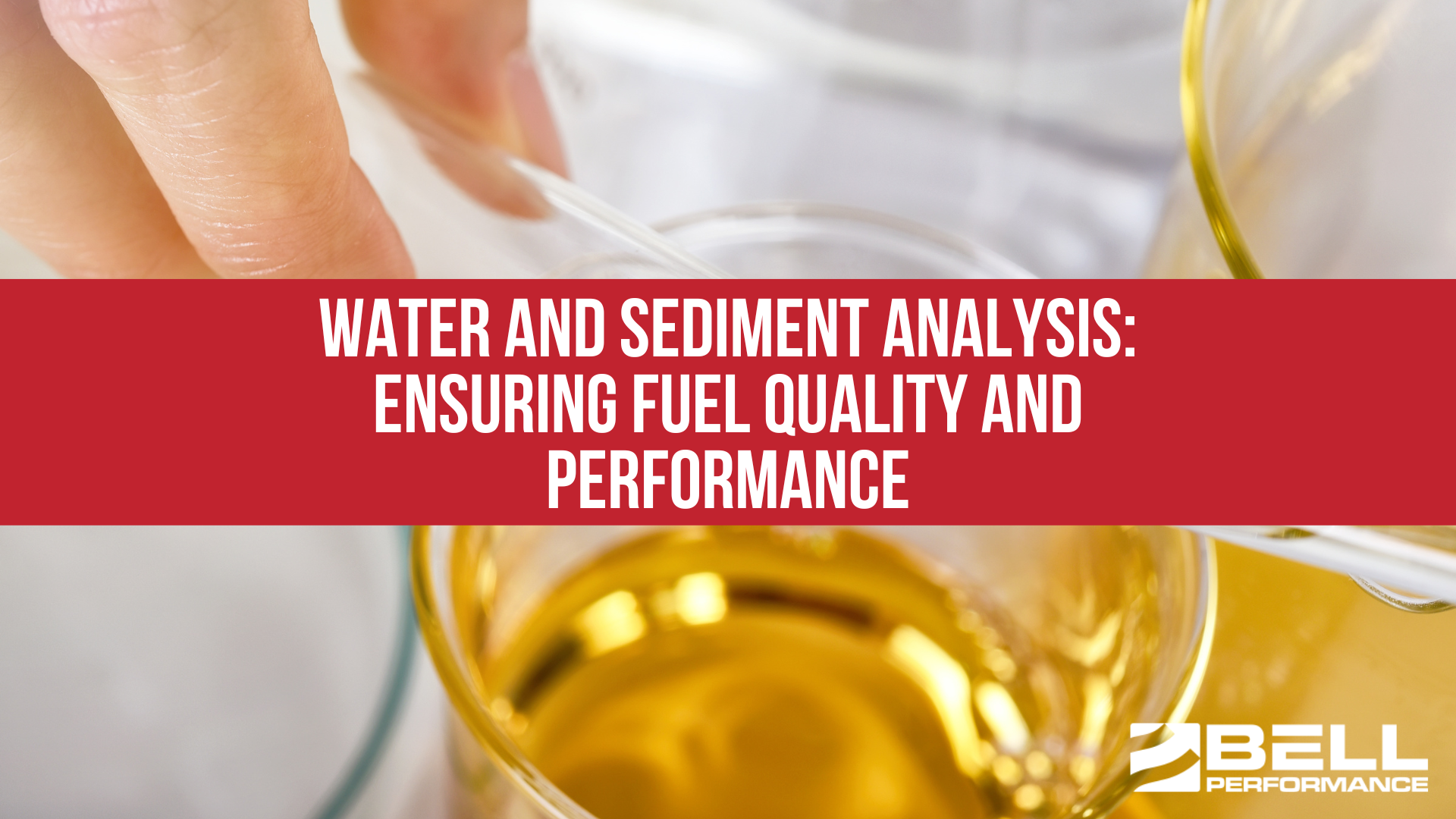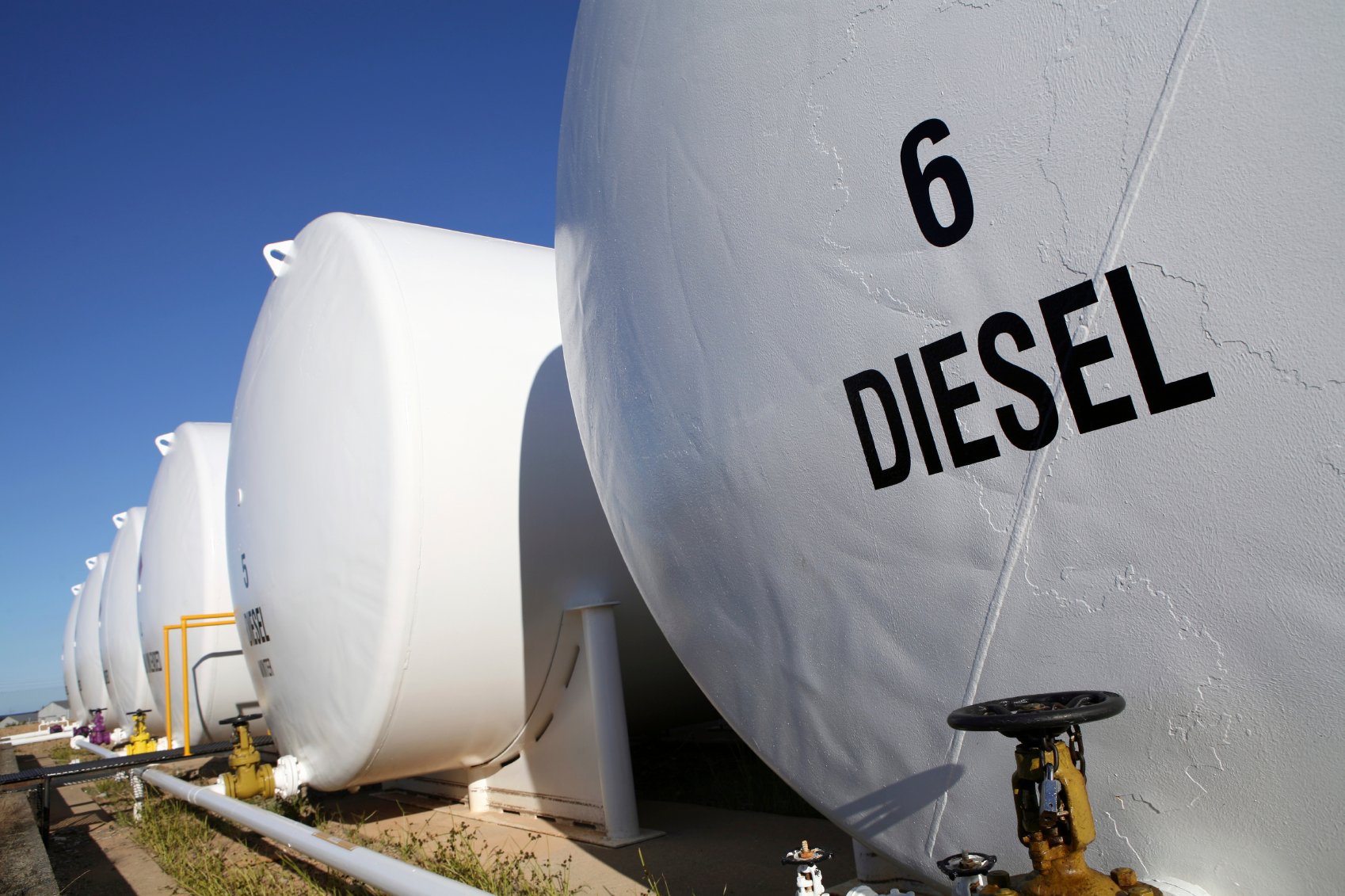Fuel Testing - Water and Sediment Analysis: Ensuring Fuel Quality and Performance
The world of fuel management is more complex than ever, ensuring fuel quality is paramount to maintaining both the continued health and optimal...

The NISTM Show visits Orlando April 20th through the 22nd of this year, 2016 - the 18th annual show for the organization that started in 1989. NISTM, of course, is the National Institute for Storage Tank Maintenance, providing resources and support for our nation’s storage tank owners and operators. This is no small pie to cover, so to speak, as there are well over 600,000 underground storage tanks across the country. And that doesn’t even count the above-ground storage tanks – add those in, and you’re looking at probably over a million storage tanks. So the NISTM has a lot of ground to cover.
 Got a storage tank? You've got water issues
Got a storage tank? You've got water issuesThe fuel changes of the last ten years have given us ultra-low sulfur diesel fuel (often with a little biodiesel mixed in) that is more sensitive to the effects of water and microbes than its predecessor fuels were. Microbes are the biggest issue for storage tanks and they need water in the tank to speed their growth. For storage tank operators, the kind of folks that will be at NISTM, they should always be concerned about staying on top of water problems in their storage tanks. So in honor of the NISTM show, we wanted to briefly overview the best practice recommendation for water in storage tanks.
Water can get in to storage tanks through several ways. Simple natural condensation is a primary explanation for above-ground tanks. Spill buckets and damaged fittings can allow rain water to flood into the tank. The fuel itself can also attract water – biodiesel content attracts water, as does diesel fuel with higher aromatic content. This absorbed water typically drops out at night as the temperature cools.
So water in storage tanks is pretty much a universal issue. And it can be bad news because it’s linked to multiple kinds of problems – clogged filters, sludge formation, stress on the water monitoring systems. Many of these are associated with microbial growth in the tank.
There are signs to look for that you have a problematic water buildup in your storage tank. The appearance of “spotty” water in your coalescing filter can be one. And sulfur smells in the fuel are a sure sign that microbes are proliferating in the tank. Their presence inevitably stems from water buildup in that tank. Inspecting the tank fittings and the upper parts of the inside of the storage tank for corrosion can give you hints of a problem (corrosion above the fuel line is a sign of acid vapor damage produced from fuel microbes that would not be in the tank if not for the presence of water). Presence of red, black, brown or orange particulates usually means excess sludge or corrosion products, a sign of both water presence and microbial problems.
Most contemporary tanks have ATG systems to monitor water. They are there for a reason, but you shouldn’t rely just on them. You should cross-reference the readings you get from your ATG system with actual fuel samples from the tank. Just remember a couple things – samples from the fill tube are going to give false readings. Take multiple samples from different areas of the tank, because water doesn’t always congregate in a complete uniform fashion across the entire tank. A couple of good areas to sample from are the lowest end of the tank, and also from under the turbine pump.

The world of fuel management is more complex than ever, ensuring fuel quality is paramount to maintaining both the continued health and optimal...
If you notice a deviation in performance with the equipment running on stored fuels, that’s an excellent sign that something may be amiss. And not...

Back when fuel prices went sky high with no sign of coming down long term, fleets and fuel-using entities (like city governments) were forced to...